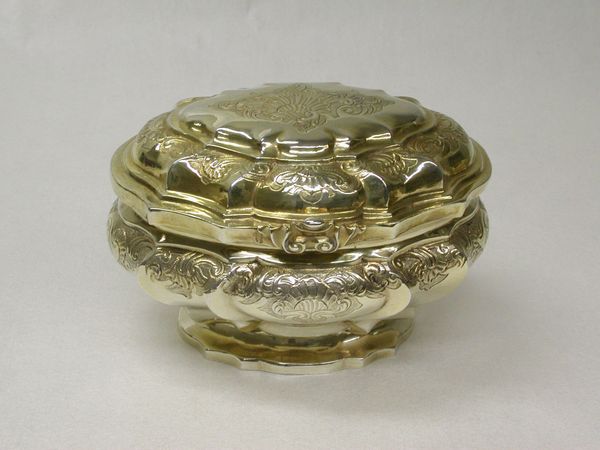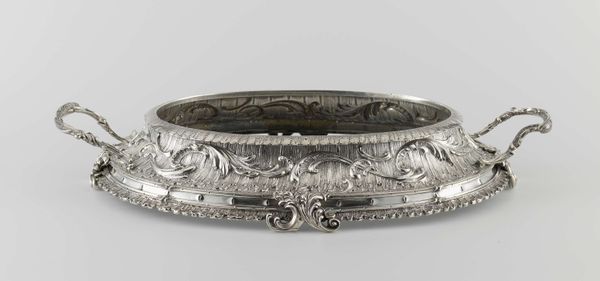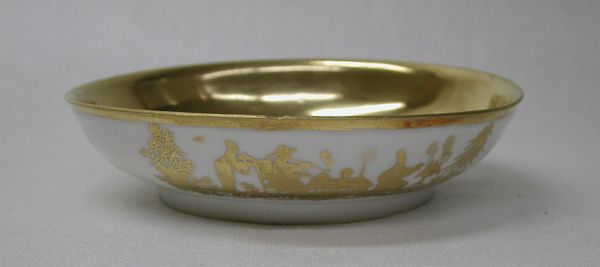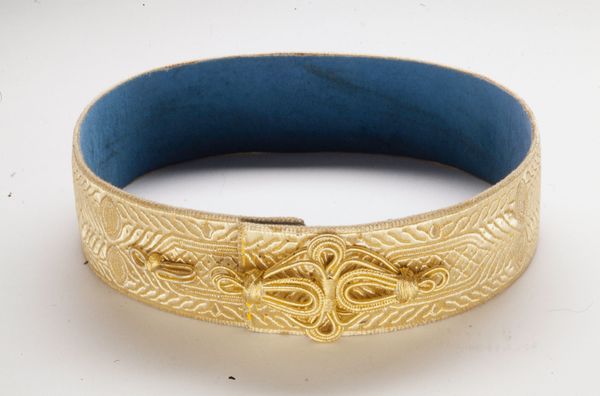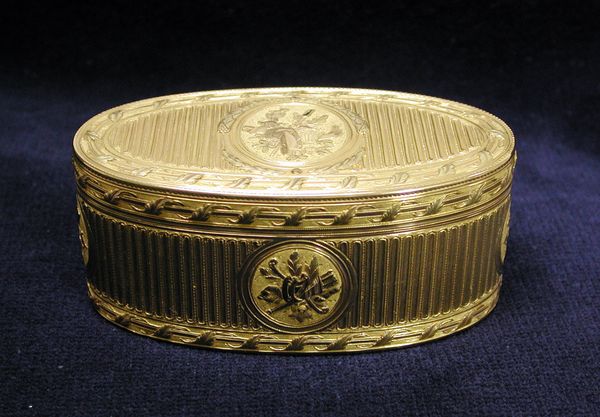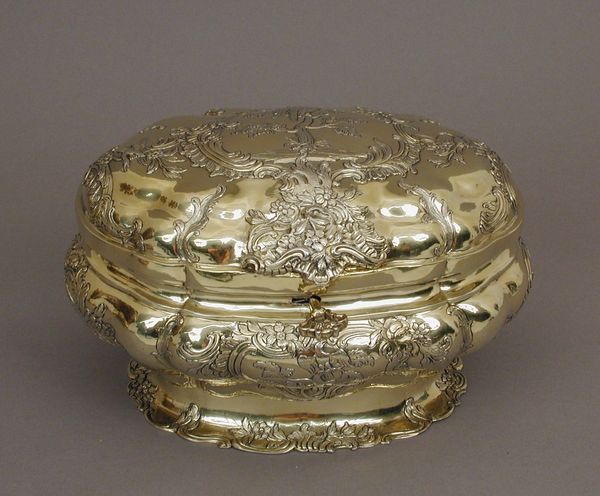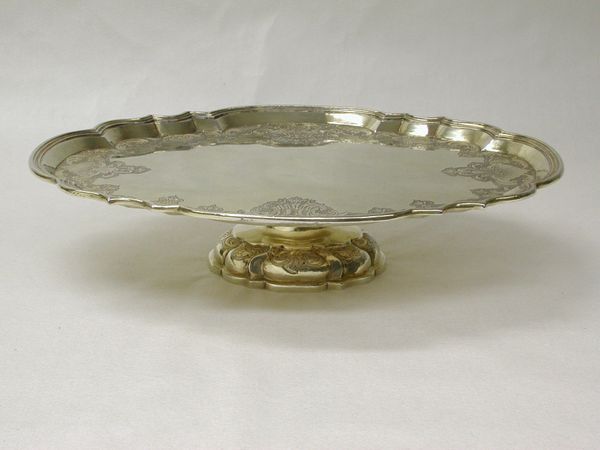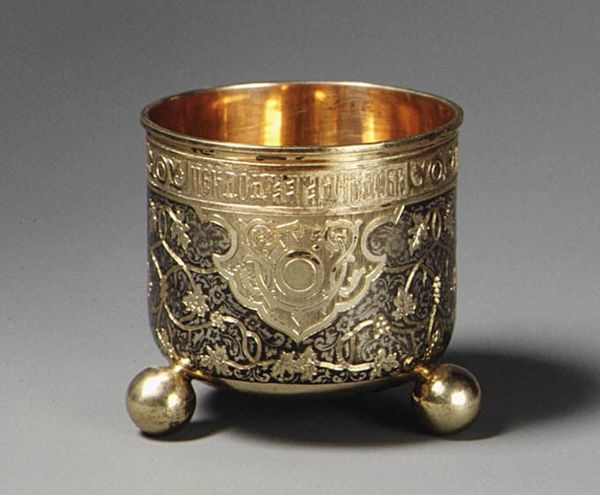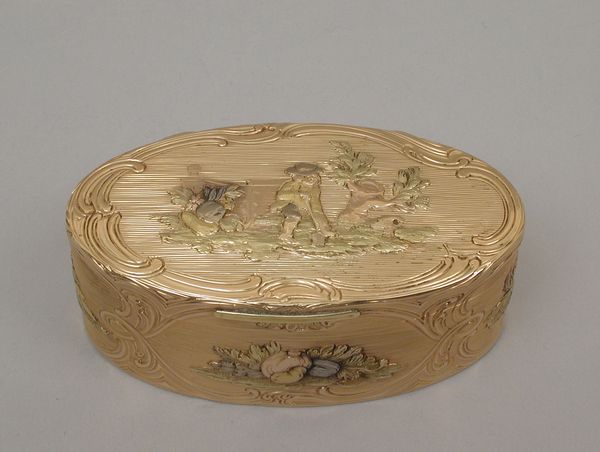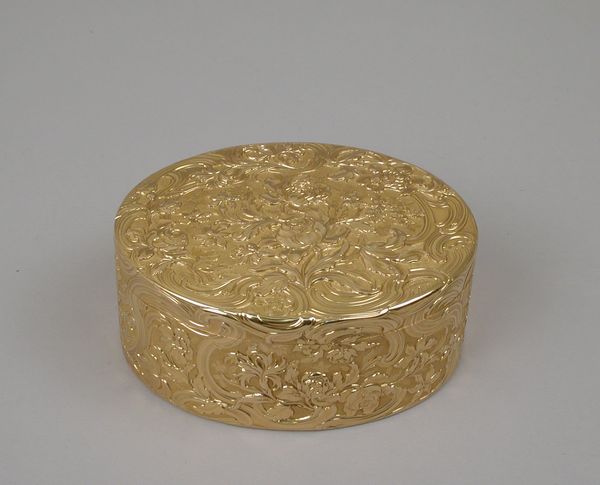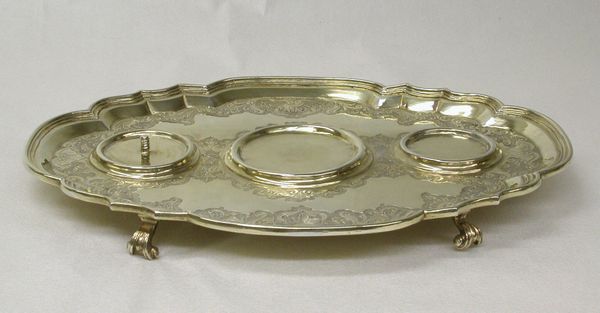
metal, relief, guilding, bronze, sculpture
#
metal
#
relief
#
guilding
#
bronze
#
ancient-mediterranean
#
sculpture
#
ceramic
#
islamic-art
#
jewelry
#
decorative-art
Dimensions: H. 7/8 in. (2.2 cm) W. 1/8 in. (0.3 cm) Diam. 4 in. (10.2 cm)
Copyright: Public Domain
Curator: Let’s turn our attention to a beautiful piece of jewelry here at the Met, a 19th-century bracelet by Elkington and Co. It combines bronze, gilding, and relief work. Editor: The immediate impression is opulence, isn't it? The gold practically leaps out, and the intricacy of the floral design is impressive. It looks both delicate and substantial. Curator: Elkington was known for high-quality electroplated wares, catering to a growing middle class with aspirations of luxury. These aesthetics and their historical context were increasingly available. Editor: Do the relief patterns invoke earlier eras? The decorative art calls to mind repeated use of emblems, plants and imagery which is frequently used and has cultural connotations to eras before the 19th century. Curator: Absolutely. There's a decided Islamic influence, with the abstracted flora. But remember that this was the 19th century and access to these forms would increase, reflecting growing trade networks and colonial activity. These styles, increasingly commodified through displays in international fairs, represent global interaction and new collecting practices by individuals and museums. Editor: The weight of that historical lens casts it in a different light, almost a cautionary tale of appropriation or perhaps appreciation across different world cultures? It becomes part of that complex tapestry. I wonder about the effect of gold, such a strong symbol across many different civilizations, and it looks rather fresh in its presentation. Curator: The material and its symbolic power absolutely connect different visual traditions. It reflects how these art objects travel in material and design. It raises important questions about ownership, access, and power, really. It serves as a powerful reminder of these global shifts and cultural interactions during the 19th century. Editor: Definitely changes the way you look at it. Thank you for that layered look. Curator: My pleasure; seeing art and history this way adds nuance, no?
Comments
No comments
Be the first to comment and join the conversation on the ultimate creative platform.
